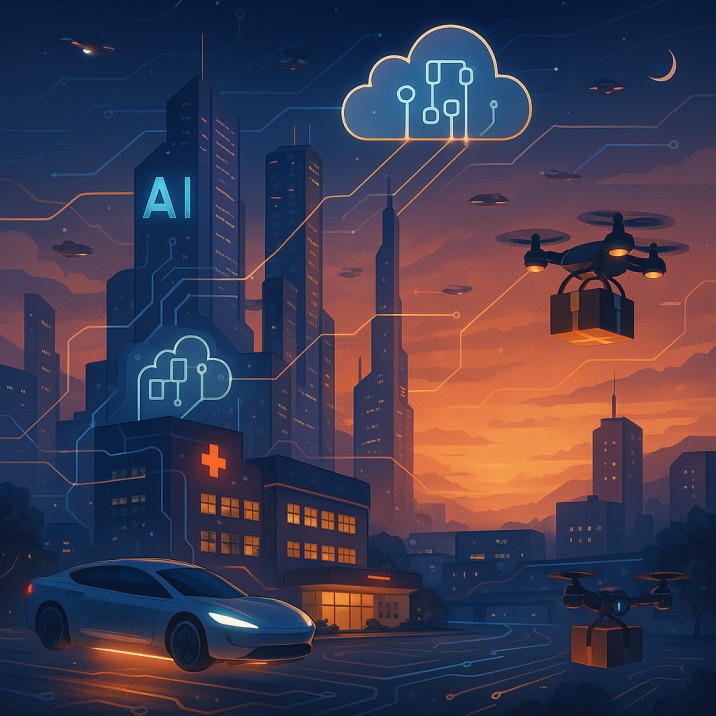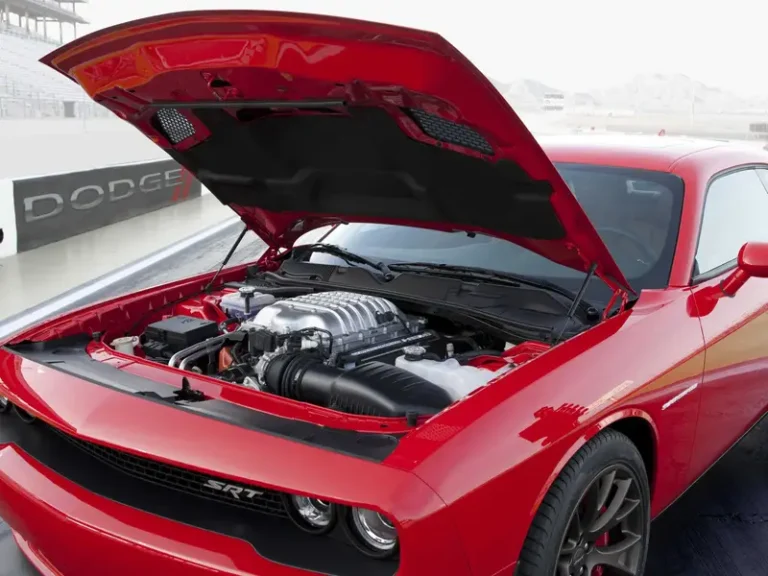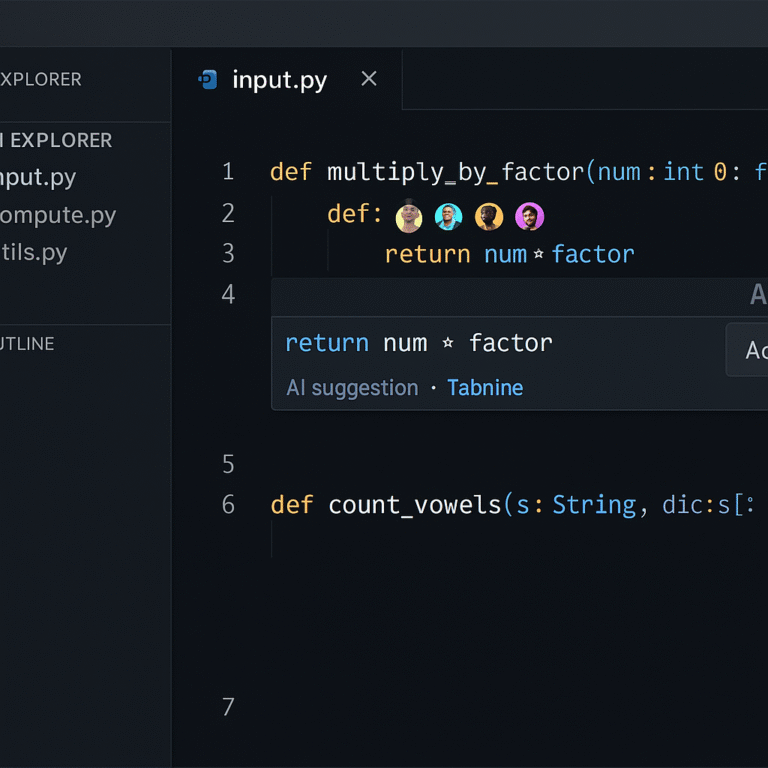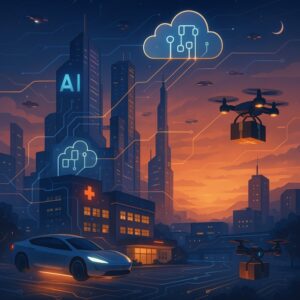What is a Neural Network and How Does It Connect to Machine Vision?
Have you ever wondered how self-driving cars detect pedestrians, or how your phone unlocks by recognizing your face?
Behind these smart technologies lies a powerful concept — neural networks.
In this article, we’ll explain what a neural network is, how it works in simple words, and why it plays a key role in machine vision. By the end, you’ll clearly understand how machines are learning to see just like humans do — maybe even better.
Let’s dive in.
What is a Neural Network?
A neural network is a type of artificial intelligence that’s inspired by the way the human brain works. It is made up of layers of interconnected nodes, often called neurons, just like the neurons in your brain.
Each node receives inputs, processes them, and passes the result to the next layer. The network learns by adjusting the strength of these connections — similar to how we learn from experience.
In simple terms, a neural network is a smart system that can identify patterns, make predictions, and improve itself over time through training.
Why Are Neural Networks So Important?
Neural networks are used in almost every smart technology today. They can:
- Detect spam in your emails
- Recognize faces and voices
- Translate languages
- Predict stock prices
- Drive autonomous vehicles
Their ability to learn from data and make accurate decisions makes them a powerful tool in modern tech.
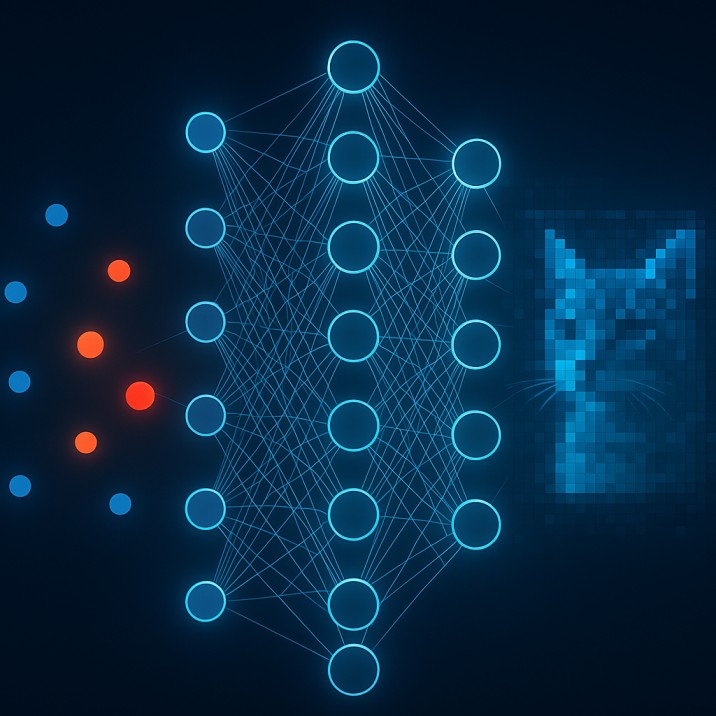
What is Machine Vision?
Machine vision is the ability of computers to see, analyze, and understand images and videos — just like human vision. It uses cameras, sensors, and algorithms to capture visual data and make sense of it.
Machine vision is used in:
- Quality inspection in factories
- Facial recognition
- Object detection in robotics
- Medical imaging
- Traffic and surveillance systems
Now, let’s see how neural networks and machine vision work together.
How Do Neural Networks Power Machine Vision?
When a computer sees an image, it sees numbers — not objects. Neural networks help it recognize what those numbers mean.
For example, if you show a picture of a cat to a machine, a neural network processes the image through multiple layers. It starts by detecting edges, then shapes, and then full features like ears, whiskers, and eyes. Finally, it says, “That’s a cat.”
This process is called image classification or object recognition, and it lies at the heart of machine vision.
Deep Learning and Convolutional Neural Networks (CNNs)
In machine vision, one of the most powerful types of neural networks is the convolutional neural network, or CNN.
CNNs are specially designed for analyzing images. They are great at detecting patterns in visuals and learning fine details, like the difference between a stop sign and a speed limit sign.
Thanks to CNNs, machine vision can now:
- Identify diseases from X-ray and MRI scans
- Enable self-driving cars to navigate roads safely
- Detect defects in products during manufacturing
Real-Life Examples of Neural Networks in Machine Vision
Let’s look at some common uses of this technology in everyday life:
- Face ID on phones: Uses neural networks to identify your face
- Google Photos: Groups images by faces, places, or objects
- Security cameras: Spot unusual behavior or detect motion
- Self-driving cars: Recognize people, traffic lights, and obstacles
- Medical diagnostics: Help doctors find tumors or fractures in scans
These examples show how neural networks make machine vision not just possible, but incredibly powerful.
Why It Matters
Understanding how neural networks work with machine vision is not just for techies. It affects our daily lives more than we realize. From the phone in your hand to the cameras on the street — these smart systems are everywhere.
As this technology continues to grow, so does its potential to improve safety, healthcare, communication, and more.
Conclusion
Neural networks are the brains behind the eyes of machines. They give computers the ability to see, learn, and make sense of the world around them. Together with machine vision, they are shaping the future of everything from healthcare to transportation.
And don’t forget to follow The TechQuilt for more simplified and insightful tech stories made for curious minds like yours.




